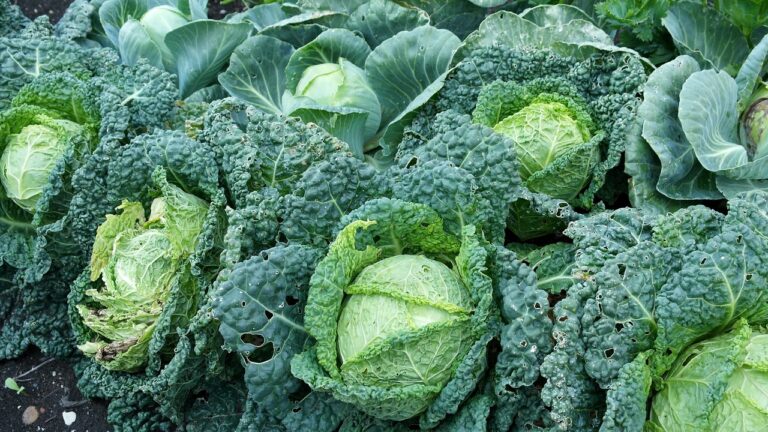The Impact of COVID-19 on the Food Sector: Trends and Recovery
The COVID-19 pandemic has profoundly impacted the food supply chain, disrupting operations and causing widespread challenges. With lockdowns and restrictions affecting transportation and logistics, farmers, distributors, and retailers have faced obstacles in getting produce and products to consumers efficiently. The sudden shifts in demand for certain food items also led to imbalances in the supply chain, creating shortages in some areas while surpluses remained in others.
As the pandemic continues to unfold, the food supply chain is being reshaped to adapt to the new normal. Businesses are focusing on implementing stricter health and safety measures to protect workers and consumers, while also streamlining operations to increase efficiency. Collaboration among different sectors of the supply chain, from farm to table, has become more crucial than ever to ensure a reliable and resilient food supply for the community.
• The COVID-19 pandemic has disrupted operations in the food supply chain
• Lockdowns and restrictions have affected transportation and logistics
• Shifts in demand for certain food items have created imbalances in the supply chain
• Businesses are implementing stricter health and safety measures to protect workers and consumers
• Collaboration among different sectors of the supply chain is crucial for a reliable food supply
Challenges Faced by Restaurants During the Pandemic
Restaurants have encountered a myriad of challenges amidst the ongoing pandemic. With restrictions on indoor dining and fluctuating guidelines, many establishments have struggled to maintain steady revenue streams. The abrupt shift to takeout and delivery services as the primary mode of operation has posed logistical hurdles for restaurants unaccustomed to this business model.
Moreover, the need to adhere to strict safety protocols has further strained restaurant resources. Investing in additional sanitation measures, personal protective equipment for staff, and reconfiguring dining spaces to ensure physical distancing has escalated operating costs. Coupled with reduced customer traffic, these added expenses have intensified financial pressure on restaurants, forcing many to make difficult decisions to stay afloat.
Shifts in Consumer Behavior Towards Food Purchases
The global pandemic drastically changed the way consumers approach food purchases. With lockdowns and restrictions in place, more people turned to online grocery shopping and food delivery services. This shift in behavior not only highlighted the convenience of these services but also underscored the importance of safety and hygiene in food procurement.
Moreover, consumers have become more conscious about the quality and origin of the food they purchase. There has been a notable increase in the demand for locally sourced and organic products as people prioritize health and sustainability. As a result, food retailers and suppliers have had to adapt to meet these changing preferences, indicating a potential long-term impact on the food industry.
How has COVID-19 impacted the food supply chain?
COVID-19 has disrupted the food supply chain by causing shortages in certain products, creating challenges in transportation and distribution, and leading to an increase in demand for certain food items.
What are some challenges faced by restaurants during the pandemic?
Restaurants have faced challenges such as reduced capacity due to social distancing measures, increased costs for safety measures, and a shift towards takeout and delivery services instead of dine-in options.
How has consumer behavior towards food purchases shifted during the pandemic?
Consumer behavior has shifted towards purchasing more groceries for at-home cooking, utilizing online grocery delivery services, and being more conscious of food safety and hygiene practices when dining out.







